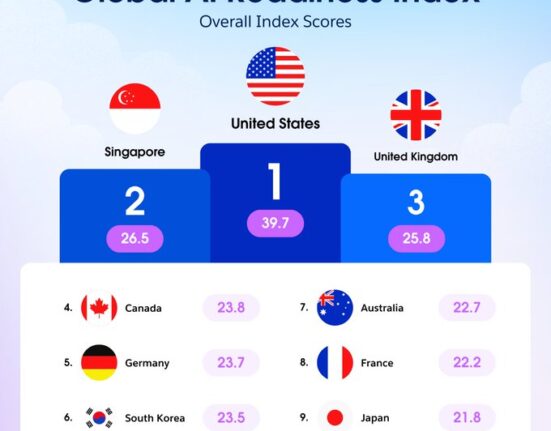As the summer sun blazed across the globe, June made its mark in the record books as the third warmest month in history. While many parts of Europe sweltered in unprecedented heat, the global average temperature for June soared to 16.46 degrees Celsius, nearly half a degree higher than the 1991-2020 average. This marked a significant 1.30-degree increase compared to the pre-industrial era of 1850-1900. In Europe, June ranked as the fifth warmest month on record, with Western Europe experiencing its hottest June ever recorded at an average temperature of 20.49 degrees Celsius, surpassing the previous record set in 2003.
The scorching heatwaves that swept through Western and Southern Europe midway and towards the end of June brought sweltering conditions, exacerbating the dry spell in these regions. Conversely, countries like Iceland, Ireland, the Baltics, and much of Fennoscandia experienced above-average rainfall. The global sea surface temperature for June peaked at 20.72 degrees Celsius, the third highest on record for that month. In the Western Mediterranean, a record-breaking single-day temperature of 27 degrees Celsius was recorded.
In Finland, a land of diverse climates, the effects of climate change manifest differently. While many regions around the country reported temperatures 0-1 degree below the long-term average, the overall national average for June stood at 12.3 degrees Celsius, 0.7 degrees lower than the historical mean. Notably, Finland only saw two days of extreme heat during the month, with Jämsä Halli Lentoasema recording the highest temperature of 29.0 degrees Celsius and Enontekiö Kilpisjärvi Saana registering the lowest at -3.2 degrees Celsius on the 20th of June.
Despite the variations in temperature and precipitation, the impact of the extreme weather was felt across Europe. Petteri Taalas, the Director-General of the Finnish Meteorological Institute, highlighted the dangerous combination of intense heat and high humidity, particularly for vulnerable populations. The sweltering conditions posed risks to public health, emphasizing the urgent need for adaptive measures in the face of changing climate patterns.
While Finland experienced a relatively typical June, other parts of Europe faced unprecedented challenges. The convergence of intense heatwaves and disrupted rainfall patterns underscored the complex interplay between climate change and extreme weather events. As the planet continues to warm, the frequency and intensity of such phenomena are expected to rise, necessitating proactive strategies to mitigate their impact.
In the midst of these climatic shifts, the experiences of individuals on holiday in destinations like France, Greece, and Croatia in early July offered a glimpse into the evolving relationship between tourism, climate, and personal experiences. The narratives of travelers navigating the nuances of changing weather patterns underscored the interconnectedness of global climate trends and everyday life, highlighting the pressing need for sustainable practices and informed decision-making in a rapidly changing world.









Leave feedback about this